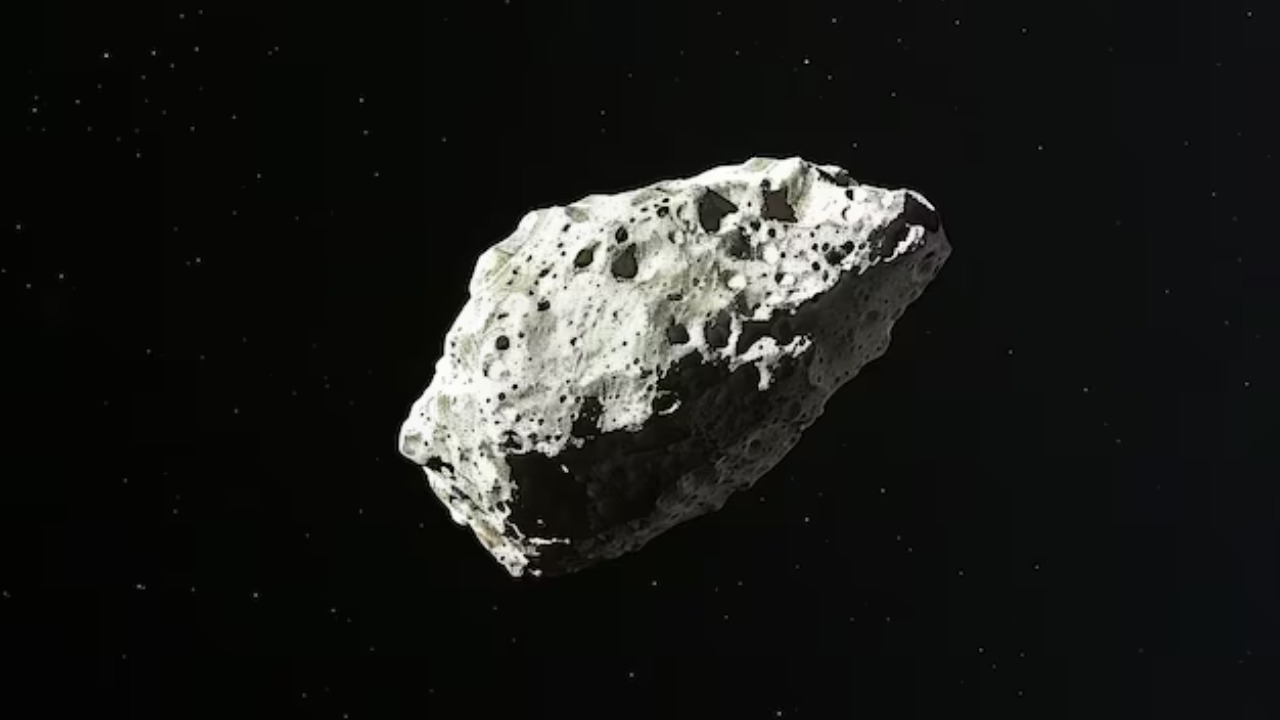
In a groundbreaking discovery, a NASA probe has uncovered an intriguing structure inside an asteroid, shedding light on the composition and history of these celestial bodies. This revelation could have profound implications for our understanding of the solar system and the origins of life. The discovery was made by a mission exploring the near-Earth asteroid Bennu, where the probe found unexpected materials and formations within its core.
The Asteroid Bennu and NASA’s Mission
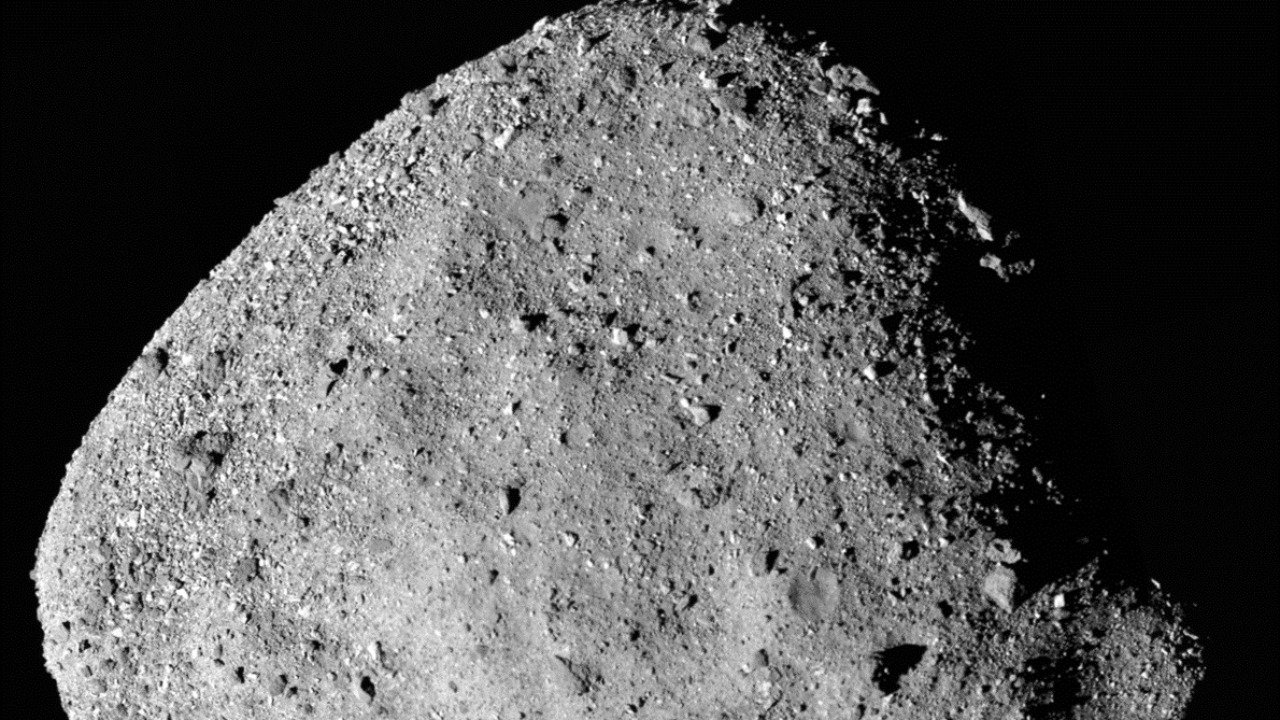
Bennu, a near-Earth asteroid with a diameter of about 500 meters, has been a focus of scientific interest due to its proximity and potential as a source of primordial materials. Chosen for exploration by NASA, Bennu offers a unique opportunity to understand the early solar system’s building blocks. Its orbit, which occasionally brings it close to Earth, makes it an ideal candidate for study as it is accessible for missions while providing insights into potentially hazardous asteroids.
The primary objectives of NASA’s mission to Bennu include collecting samples to analyze its composition and structure. The goal is to determine the abundance and distribution of key elements and minerals, which could shed light on the processes that governed the early solar system. Discovering a structure inside Bennu is significant because it challenges previous assumptions about the homogeneity of small celestial bodies and suggests more complex internal dynamics than previously thought.
Discovering the Structure Inside Bennu
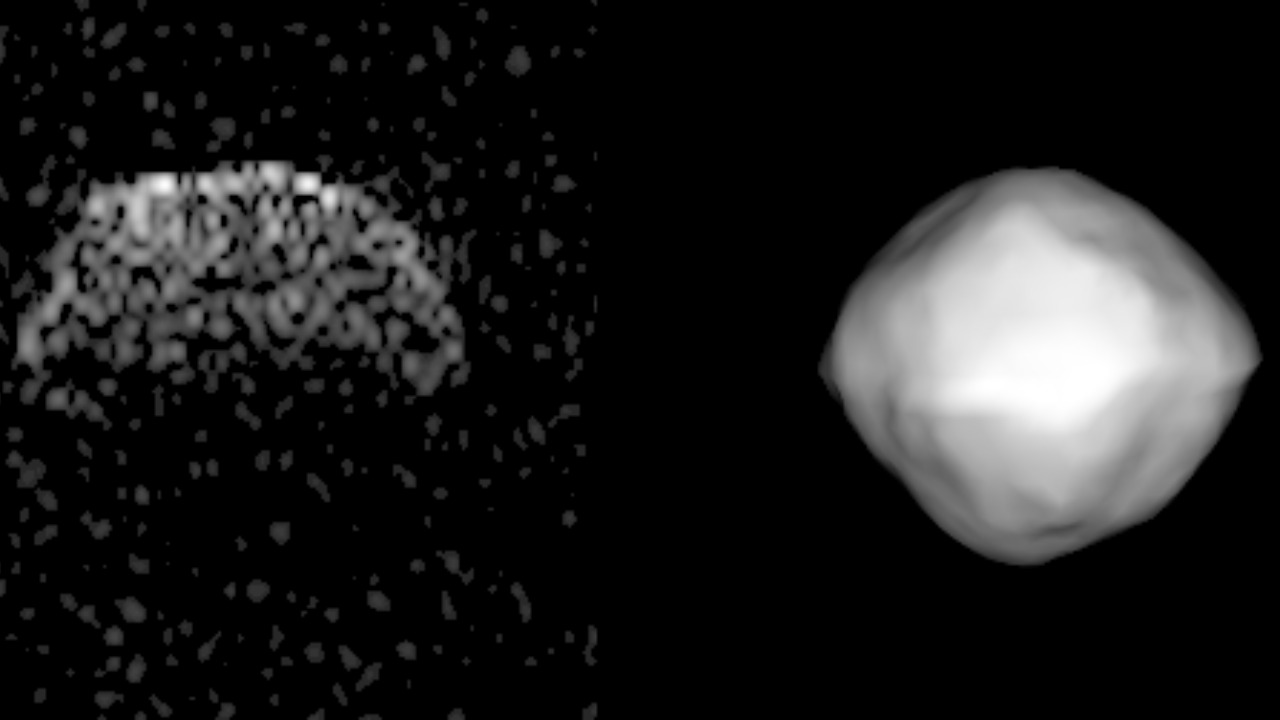
The discovery of the structure inside Bennu was made possible through advanced technology and innovative methods. The probe utilized a combination of spectroscopy, thermal imaging, and radar to penetrate the asteroid’s surface and gather data on its internal composition. These techniques allowed scientists to detect variations in density and composition, revealing unexpected formations beneath the surface layers.
The probe found a mix of organic compounds and hydrated minerals, suggesting the presence of carbon and water within Bennu. This discovery is crucial as it hints at the asteroid’s complex history and potential interactions with water, which could have implications for understanding the delivery of life-building molecules to Earth. Compared to previous studies of other asteroids, like Vesta, Bennu’s internal structure appears more intricate, possibly indicating a different origin or evolutionary path.
Implications for Planetary Science
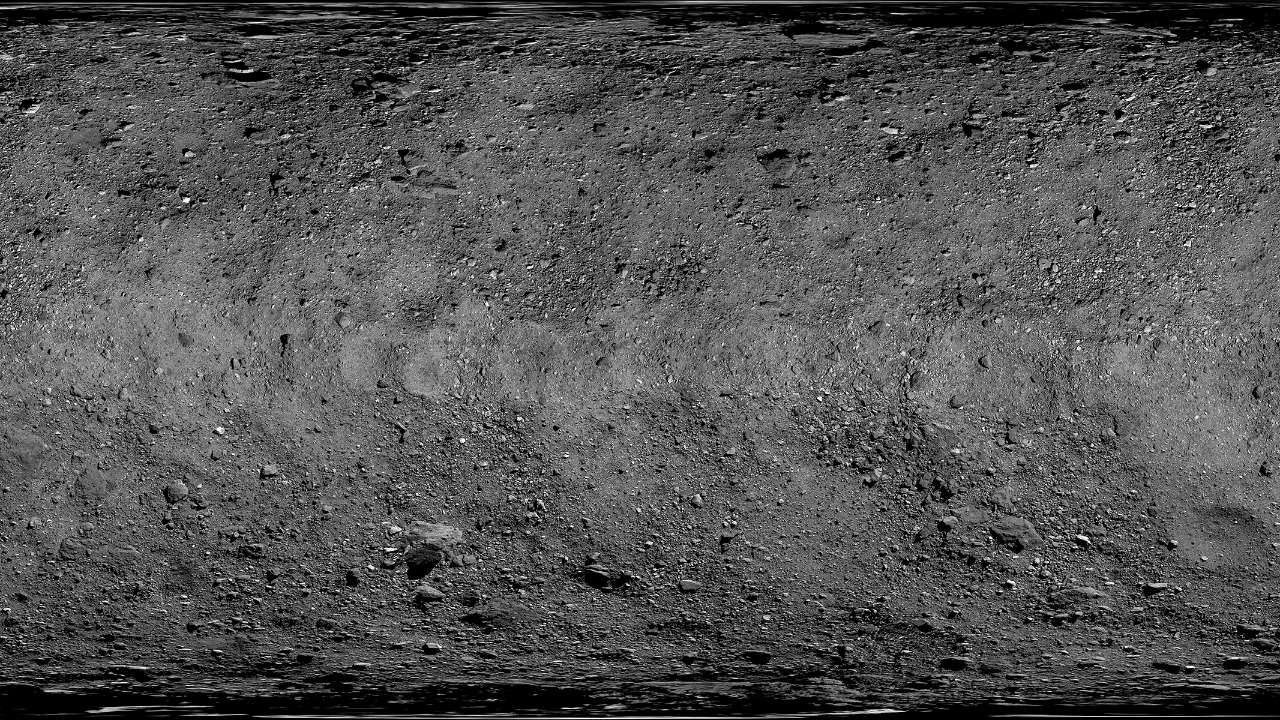
The insights gained from discovering the structure inside Bennu could significantly alter current theories on the formation and evolution of the solar system. The presence of materials typically associated with aqueous alteration suggests that Bennu might have experienced processes previously thought to be limited to larger bodies. This finding could lead to a reevaluation of how small celestial bodies contribute to the solar system’s development.
Additionally, the discovery has implications for the potential for asteroid mining. The presence of valuable materials within Bennu could make it a target for future resource extraction missions, potentially revolutionizing the way we think about space resources. This could pave the way for new technologies and techniques in mining and material processing in space, further expanding human capabilities in exploring and utilizing the solar system.
The findings from Bennu may also impact the design and objectives of future asteroid missions. Understanding the complex internal structures of asteroids could lead to more targeted exploration strategies, focusing on areas with the highest scientific and resource potential. This could enhance the efficiency and success of future missions, contributing to a deeper understanding of our cosmic neighborhood.
Connection to the Origins of Life
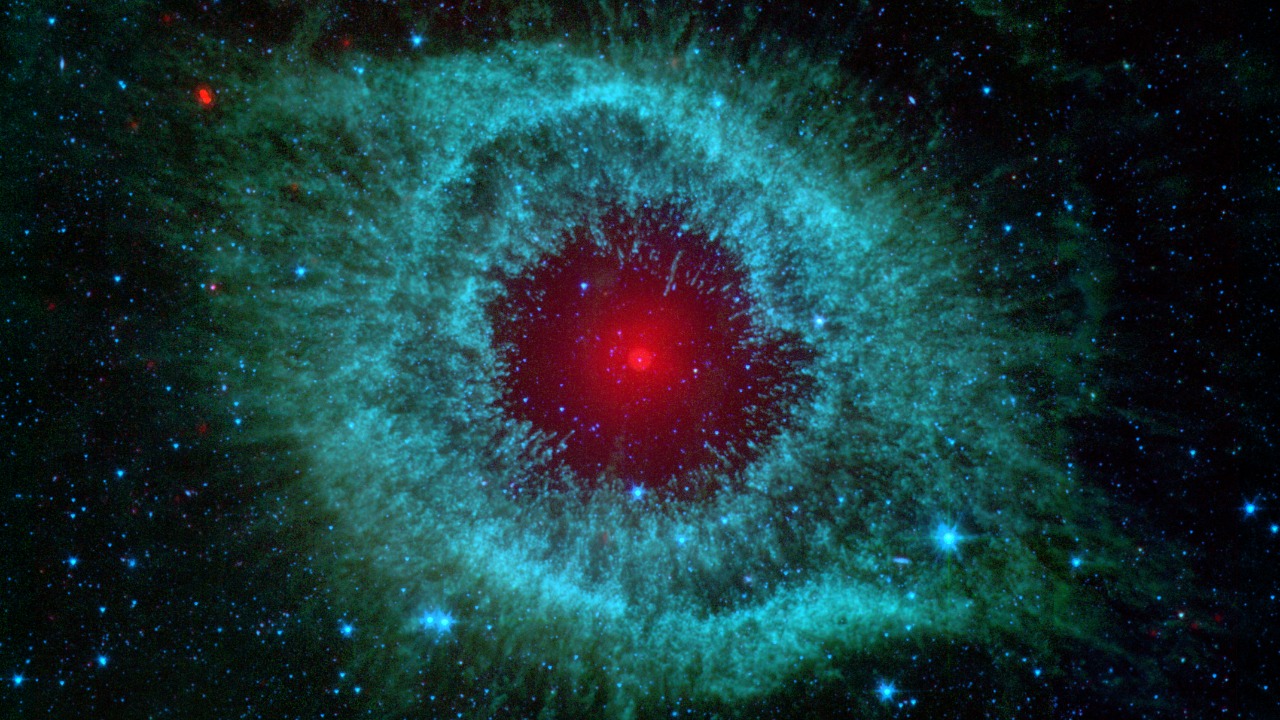
The discovery of carbon and water within Bennu is particularly significant in the context of the origins of life. These elements are essential for life as we know it, and their presence in asteroids like Bennu supports the theory that such bodies could have delivered critical molecules to Earth. This finding aligns with the idea that asteroids played a vital role in seeding the early Earth with the ingredients necessary for life to emerge.
Asteroids have long been considered potential building blocks of life, and Bennu’s discovery strengthens this theory. By analyzing the composition of Bennu, scientists can gain insights into the types of organic materials that might have been present in the early solar system, offering clues about the processes that led to the development of life on our planet.
Furthermore, the broader astrobiological implications of this discovery cannot be overlooked. If similar structures and materials are found on other celestial bodies, it could suggest a widespread distribution of life-building elements throughout the solar system. This would have profound implications for the search for extraterrestrial life, potentially guiding future missions to explore other asteroids, comets, and even moons that might harbor similar conditions.
Challenges and Next Steps

The mission to Bennu was not without its challenges. The technical difficulties in navigating and operating in the microgravity environment of the asteroid required significant innovation and adaptation. Analyzing the data collected from Bennu also presents challenges, as interpreting the complex signals and translating them into meaningful scientific insights requires advanced algorithms and models.
Future research directions will likely focus on further analyzing the samples collected from Bennu and comparing them with data from other asteroids and celestial bodies. Scientists are already planning potential follow-up missions to explore Bennu and similar asteroids in greater detail, aiming to uncover more about their composition and potential as sources of valuable materials.
The discovery has sparked considerable public and scientific interest, highlighting the importance of space exploration in expanding our understanding of the universe. As we continue to explore and study these fascinating celestial bodies, the knowledge gained will not only enhance our scientific understanding but also inspire future generations to pursue the mysteries of space.